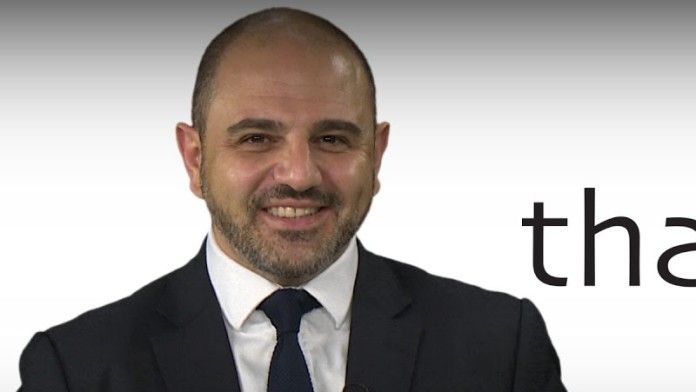
THARISA has switched its attention from surviving the Covid-19 pandemic to increasing its exposure to platinum group metals (PGM) in the 2021 financial year.
This follows a strong end to 2020 in which it increased the dividend following increases in rhodium and palladium prices.
About two-thirds of $406m in revenue for the 12-months ended September was from PGMs. Of this, 51% was provided by rhodium followed by platinum (25%) and palladium (19%). The gross profit margin on PGMs was 39.4% compared to 25% for chrome concentrate which Tharisa also produces.
The historical price for rhodium was $8,400 per ounce which compares to a current price of about $16,000/oz. “The outlook for PGMs are extremely strong both in the medium- and long-term,” said Phoevos Pouroulis, CEO of Tharisa, in an interview.
In the current financial year, Tharisa will revisit its option over Karo Platinum, a company with 90 million oz of PGM resource in Zimbabwe’s Selous PGM-bearing region. Tharisa currently has a 26.8% stake in the business, but it may look to increase its shareholding if a re-booted drilling campaign supports current optimism.
“It is a low cost, high grade, and shallow PGM resource. The second phase of the exploration programme is underway which we hope to complete by the end of the first quarter. After that we will begin a pre-feasibility study, Pouroulis said. The Selous deposit was previously owned (and drilled) by Zimplats, controlled by Impala Platinum.
Selous is part of the Great Dyke in Mashonaland, West District of Zimbabwe. Previous estimates suggested Karo’s mineral holdings of Selous could support a 1.4 million oz a year PGM mine, and a refinery.
The region has attracted other PGM hopefuls in the last 12 to 18 months including the Russian firm, Great Dyke Investments and, more recently, Bravura Holdings, a company owned by Nigerian billionaire, Benedict Peters. Peters said last month he hoped to build a $1bn PGM mine in Zimbabwe, starting in about 18 months.
The chances of extending Tharisa’s reach into ferrochrome production is unlikely, however.
Pouroulis was asked during Tharisa’s year-end presentation whether the closure of ferrochrome plants in South Africa as a result of high electricity price inflation would create opportunities for Tharisa. Electricity prices have increased 500% since 2010 which has left South Africa’s ferroalloys industry fighting for its life.
“Most of the ferrochrome producers, of those who have gone into business rescue, have been high energy users and the size of the plant makes them high cost,” said Pouroulis. “Yes, we have looked at all of the furnaces that have gone through business rescue but they did not meet our investment standards.”
Berenberg, a bank, believes a chrome export levy as proposed in October by the South African government might open opportunities “… on a downstream business development angle”. Pouroulis said there had been “no meaningful” interaction with the South African government on its export levy proposals.








